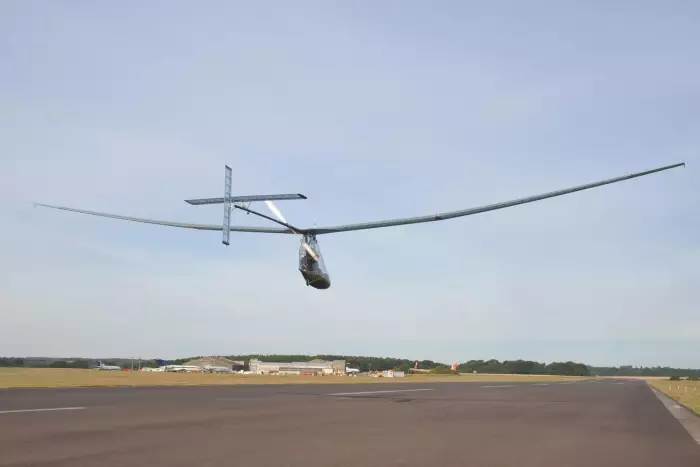Doing more with much less, British pilots at this year’s Icarus Cup follow in Paul MacCready’s aerial path, staging a highly successful weeklong demonstration of human-powered flight. Airplanes that fly on about a quarter-kilowatt for as long as the human battery can operate the pedals are not new, and significant records have been achieved over the years. The British have long been involved, beginning with the 590 meters flight by Derek Piggott on November 9, 1961 in SUMPAC (Southampton University’s Man Powered Aircraft – note the sexist terminology of the day). This was considered the first authenticated takeoff and flight by a human powerplant. He made 40 flights before suffering a crash that damaged a wing. To help foster interest in human-powered flight, The Royal Aeronautical Society formed the Man Powered Aircraft Group in 1959. Henry Kremer, an industrialist, set up the Kremer prize for a figure-of-eight flight around two markers half a mile (~0.8 Km) apart in 1959. It …
52 Years of Human-Powered Flight
This year’s Icarus Cup, a human-powered flight competition, was held at Sywell Aerodrome, about 75 miles and nearly two hours north of London. The Royal Aeronautical Society hosted the first Icarus Cup last year, and explains its origins and purpose. “In 2011, we commemorated the 50th anniversary of the first flight by a human powered aircraft. The origins of human powered flight begin in 1959, when the Royal Aeronautical Society Human Powered Aircraft Specialist group was formed. Two years later, November 1961 marked the first human powered flight by Derek Piggott. Since then, human powered aircraft enthusiasts have been competing for the Society’s Kremer Prizes . “One of the Human Powered Aircraft Group’s objectives is to promote human powered flight as a sport and encourage wider participation, perhaps one day appearing at the Olympics. The idea of the Icarus Cup was conceived as a way to inspire more people to design, build and fly aircraft themselves and provide an environment for them to …

